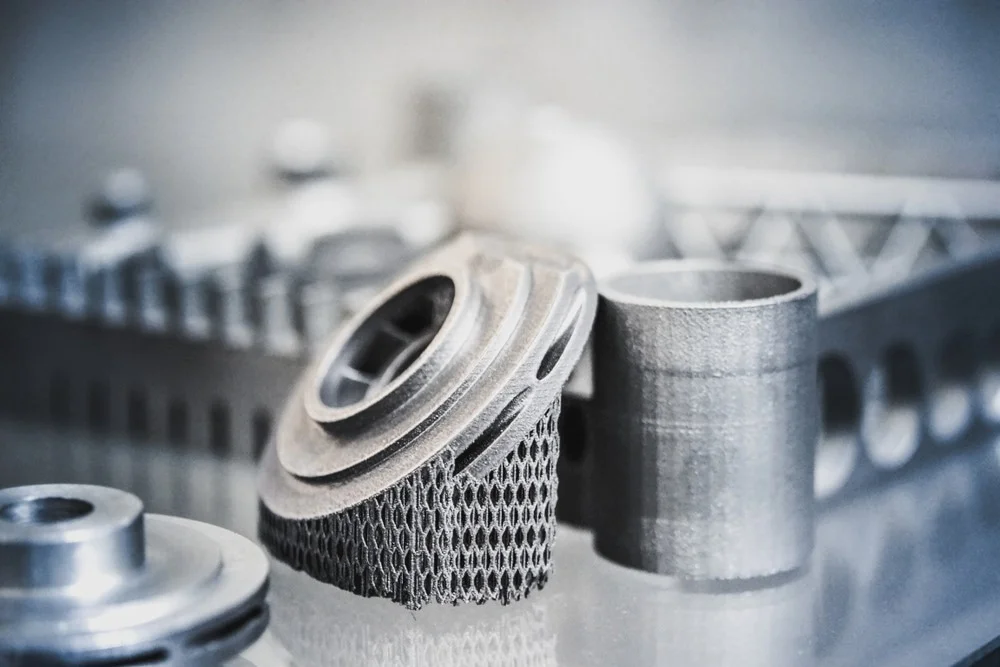ISO 12114 Creep Rupture and Crack Propagation Testing
The ISO 12114 standard is a crucial tool in metallurgical and material testing, specifically designed to evaluate the high-temperature mechanical behavior of materials. This service is essential for industries that operate under severe thermal conditions, such as power generation, aerospace, petrochemical, and automotive sectors.
Creep rupture tests involve subjecting specimens to sustained static tensile or compressive loading at elevated temperatures over extended periods. The primary objective is to determine the time required for materials to fail due to creep deformation. Crack propagation testing complements this by identifying how cracks form and grow under these conditions, which is critical for predicting service life in high-temperature applications.
During ISO 12114 testing, specimens are typically cylindrical or rod-shaped, machined from the parent material of interest. The test setup includes a constant load application at specified temperatures, often ranging between 500°C and 900°C depending on the material type. Specimens are held under load for durations that can exceed thousands of hours to simulate real-world conditions.
The ISO 12114 standard provides detailed guidance on specimen preparation, test setup, data collection, and analysis. It specifies parameters such as temperature control precision (±1°C), stress rates, and the use of specific types of furnaces or ovens that ensure consistent environmental conditions. This ensures reliable and reproducible results.
The testing process is highly precise; even minor deviations in temperature can significantly affect outcomes. Therefore, advanced instrumentation is employed to monitor strain, stress, and crack growth with high accuracy. The equipment used includes resistance strain gauges, displacement transducers, and digital image correlation systems for crack propagation analysis.
Once the test concludes, data is collected meticulously, including the time to failure (TTF), creep strains, and crack growth rates. These metrics are then analyzed using statistical methods to provide a comprehensive understanding of the material's behavior under high-temperature conditions.
The results from ISO 12114 testing are invaluable for several reasons. They help in optimizing design parameters, selecting appropriate materials for specific applications, improving manufacturing processes, and ensuring compliance with industry regulations. By understanding creep rupture and crack propagation mechanisms, engineers can predict material performance more accurately, enhancing safety and reducing maintenance costs.
For instance, in the aerospace sector, these tests are critical for certifying components used in jet engines that operate at temperatures exceeding 900°C. Similarly, in power generation, they ensure the integrity of turbine blades and other critical parts exposed to high-temperature steam environments.
Benefits
- Achieves compliance with international standards (ISO 12114).
- Predicts material performance under extreme conditions accurately.
- Enhances product reliability and safety in high-temperature applications.
- Supports informed design decisions by providing detailed mechanical property data.
- Identifies potential weaknesses early, allowing for corrective actions before production.
- Maintains regulatory compliance with industry-specific requirements.
Industry Applications
| Industry Sector | Specific Application |
|---|---|
| Aerospace | Evaluation of turbine blades and engine components. |
| Petrochemical | Determination of pipeline integrity under high-temperature conditions. |
| Power Generation | Analysis of steam turbines and heat exchangers in power plants. |
| Automotive | Testing exhaust gas recirculation systems and engine components. |
| Oil & Gas | Evaluation of wellhead equipment and downhole tools. |
Environmental and Sustainability Contributions
The ISO 12114 testing service plays a pivotal role in promoting sustainable practices by ensuring the longevity of high-temperature components. By identifying materials that perform optimally under these conditions, industries can minimize waste and resource consumption. This leads to reduced lifecycle costs and environmental impact.
Moreover, accurate creep rupture and crack propagation testing helps in designing more efficient systems, which can lead to lower energy consumption during operation. For example, power plants using optimized turbine blades can operate at higher efficiencies, reducing fuel usage and associated emissions.
The service also contributes to the development of safer products by eliminating materials prone to premature failure, thus enhancing overall reliability across various sectors.





